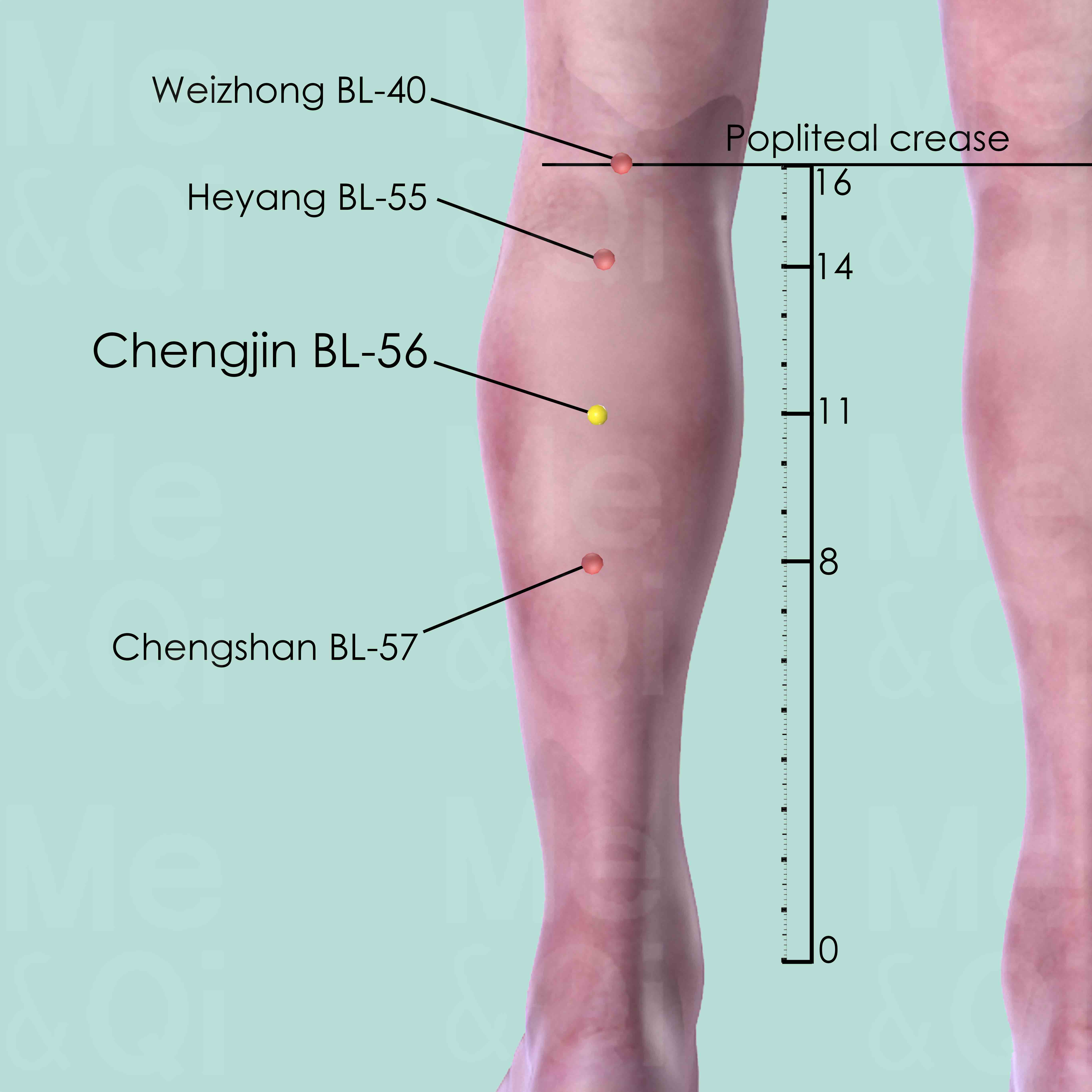Back Contractionaccording to TCM
Symptom family: Back and Neck Pain
Did you mean? Back Pain
What is Back Contraction?
Back contraction refers to the involuntary tightening or spasm of the muscles in the back. This condition can manifest across various regions of the back, from the lumbar area to the spine, leading to sensations of tightness, discomfort, or sharp pain.
Commonly triggered by factors such as muscle strain, stress, or underlying spinal issues, back contractions can significantly impact mobility and comfort, ranging from mild, temporary tightness to severe, debilitating spasms.
How Does TCM View Back Contraction?
Traditional Chinese Medicine (TCM) perceives back contraction as a symptom of imbalances within the body's Qi (vital energy) and Blood flow. Unlike Western medicine, which often attributes muscle spasms to physical strain or neuro-muscular issues, TCM explores deeper patterns of disharmony such as Liver Qi Stagnation, Kidney Deficiency, or the invasion of pathogenic factors like Cold and Dampness.
The approach in TCM is holistic, focusing on restoring harmony and balance in the body's energy systems to relieve symptoms.
Acupoints for Back Contraction
TCM employs acupuncture as a key method for addressing back contraction, focusing on specific acupoints to alleviate the condition. One such significant point is Chengjin BL-56 on the Bladder Channel. Located in the calf muscle, Chengjin BL-56 is known for its ability to remove obstructions from the Channel and relax sinews, making it particularly effective for easing back muscle spasms.
Stimulating this point is believed to improve the flow of Qi and Blood, reduce muscle tension, and promote overall relaxation of the back area. This treatment reflects TCM’s comprehensive approach, targeting not just the symptoms but the underlying energetic imbalances.
See more details below about Chengjin BL-56, an acupoint used to address back contraction.
- By Meridian
- Bladder Channel

Chengjin BL-56
5 cun inferior to Weizhong BL-40 which is the midpoint of the popliteal crease. In the center of the belly of gastrocnemius muscle, midway between Heyang BL-55 and Chengshan BL-57.
